-
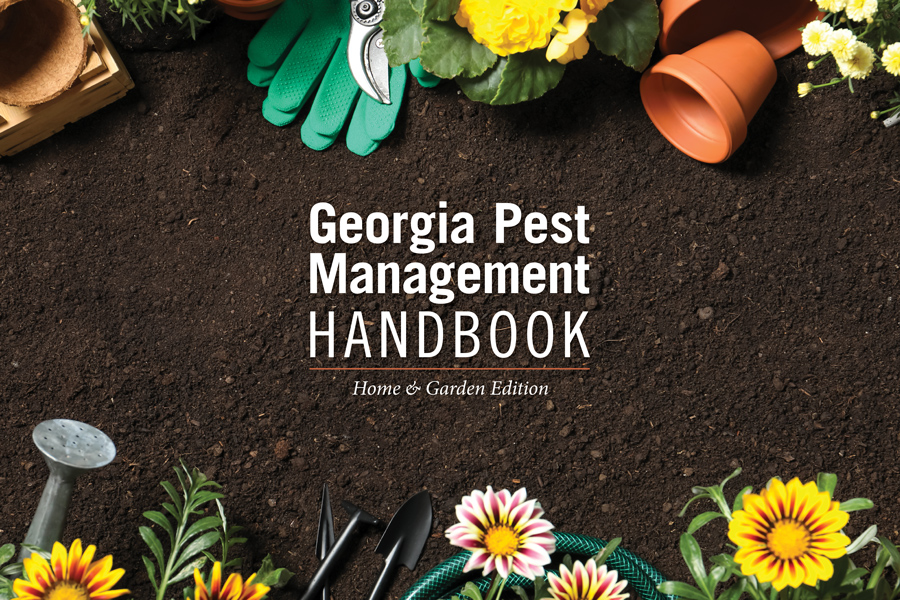 This section of the Home & Garden Edition covers what to do in the event of a pesticide emergency, important contacts such as poison control, frequently asked pesticide questions, abbreviations and equivalents, submitting specimens for identification, and instructions for calibrating various types of sprayers. Beginning in 2022, the Home &…
This section of the Home & Garden Edition covers what to do in the event of a pesticide emergency, important contacts such as poison control, frequently asked pesticide questions, abbreviations and equivalents, submitting specimens for identification, and instructions for calibrating various types of sprayers. Beginning in 2022, the Home &…|
-
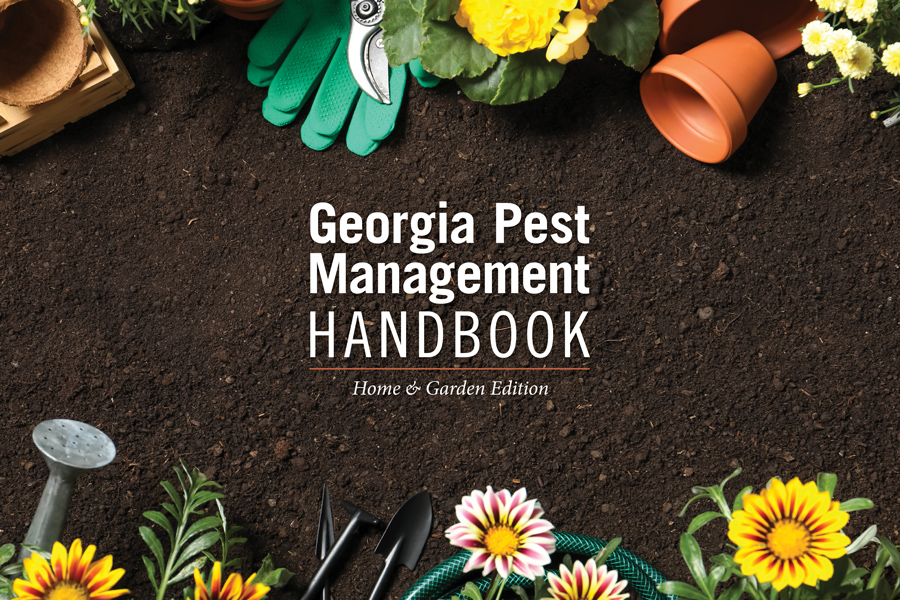
SB 48-01
Introduction and Table of Contents
Beginning in 2022, the Home & Garden Edition has been updated biennially. When purchasing a product based on a first-year recommendation of the Handbook, check the current product label before purchase to be sure it is still labeled for the use for which you are buying it. For pesticide products…|
-

In this video, you will learn how to judge the optimum maturity of strawberries for harvest and how to identify the main quality attributes that are important for maximum postharvest shelf life.
|
-

AP 129-2
2024 Ag Snapshots
Ag Snapshots is a brief focus on Georgia’s agricultural industry and are based on the Georgia Farm Gate Value Report from the previous year with helpful infographics and maps. Years prior to 2023 can be accessed on the Agribusiness and Economic Development publications site: https://caed.uga.edu/publications/georgia-agricultural-statistics.html
|
-
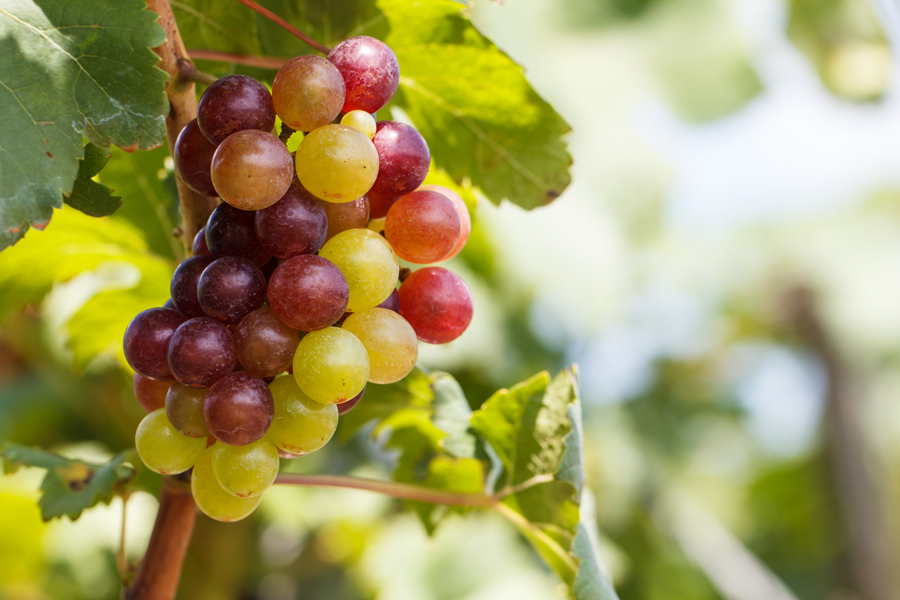
C 1303
Muscadine Grape Management
This phenology-based muscadine grape management poster provides a reference for sound viticultural, disease, and insect management practices in a digestible format. Produced in cooperation with University of Tennessee, North Carolina State University, University of Arkansas, and Auburn University. A publication of the Southern Region Small Fruit Consortium.
|
-
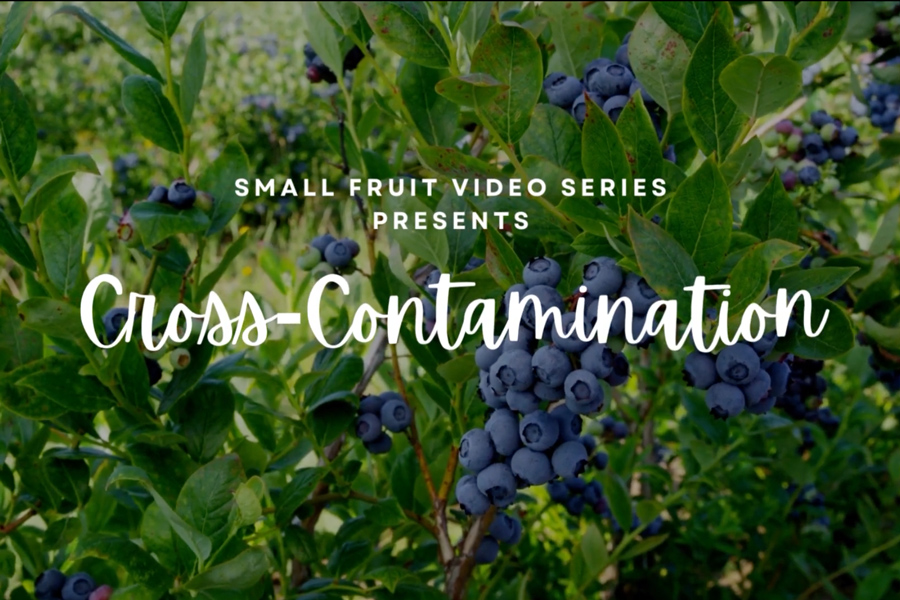
C 1300-02
Cross-Contamination
Cross-contamination, resulting in foodborne pathogen contamination of small fruits, can occur at any point throughout production and post-harvest handling. This video discusses techniques and best practices for growers and packers to ensure the production of safe, high-quality small fruits. This video was produced in collaboration with the Auburn Department of…|
-
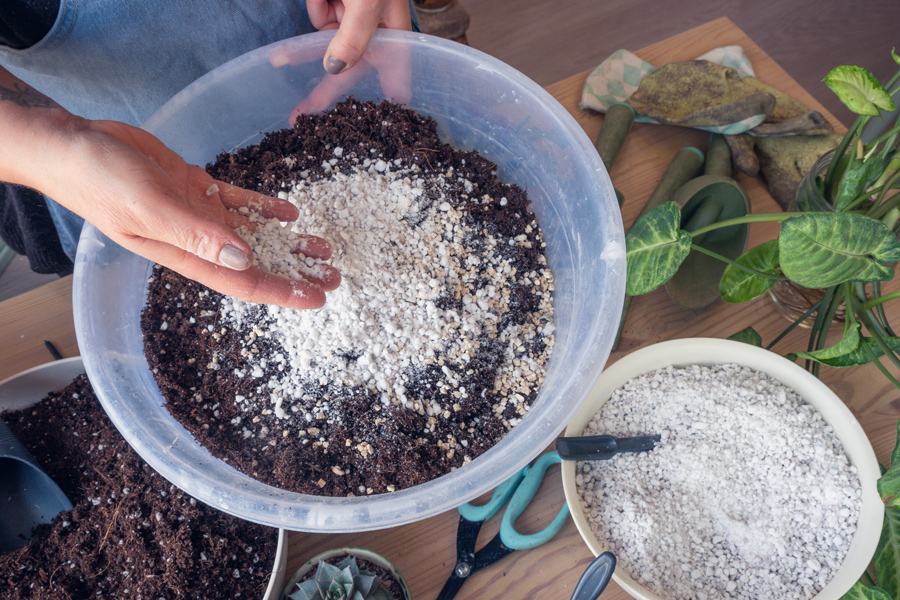 Additional author: Mengmeng Gu, Professor, Colorado State University Department of Horticulture and Landscape Architecture. Container substrates must fulfill several functions for plant growth: create a suitable environment for root growth, physically support them, hold nutrients and water, and enable gas exchange between the roots and the atmosphere. Suitable physical and chemical…
Additional author: Mengmeng Gu, Professor, Colorado State University Department of Horticulture and Landscape Architecture. Container substrates must fulfill several functions for plant growth: create a suitable environment for root growth, physically support them, hold nutrients and water, and enable gas exchange between the roots and the atmosphere. Suitable physical and chemical…|
-
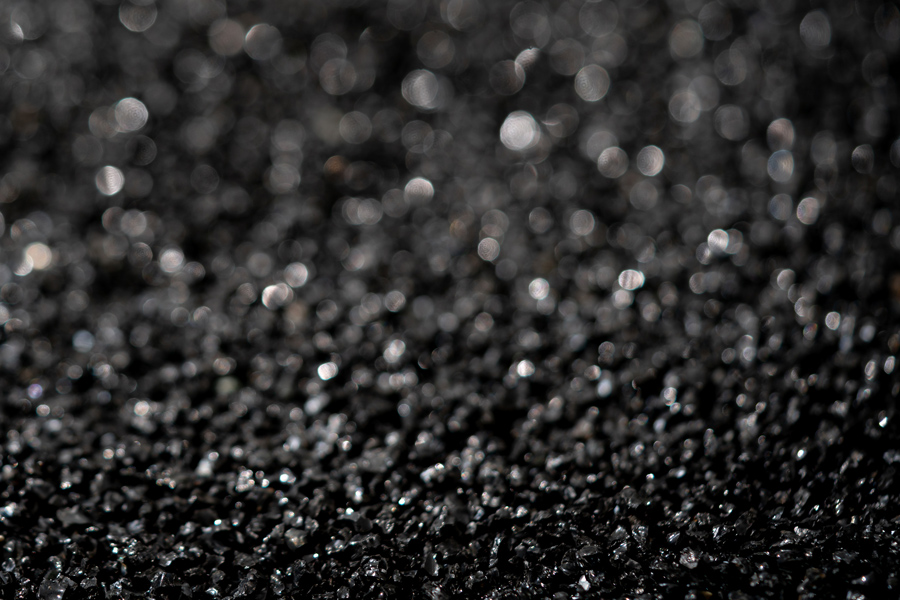
C 1292-03
Biochar Basics: Effects on Plant Disease
Additional author: Mengmeng Gu, Professor, Colorado State University Department of Horticulture and Landscape Architecture. How does biochar play a role in a plant-disease system? Briefly, before the pathogen infects plants, biochar can improve plant growth by increasing water and nutrient uptake, a healthier plant may be more resistant to attack. On…|